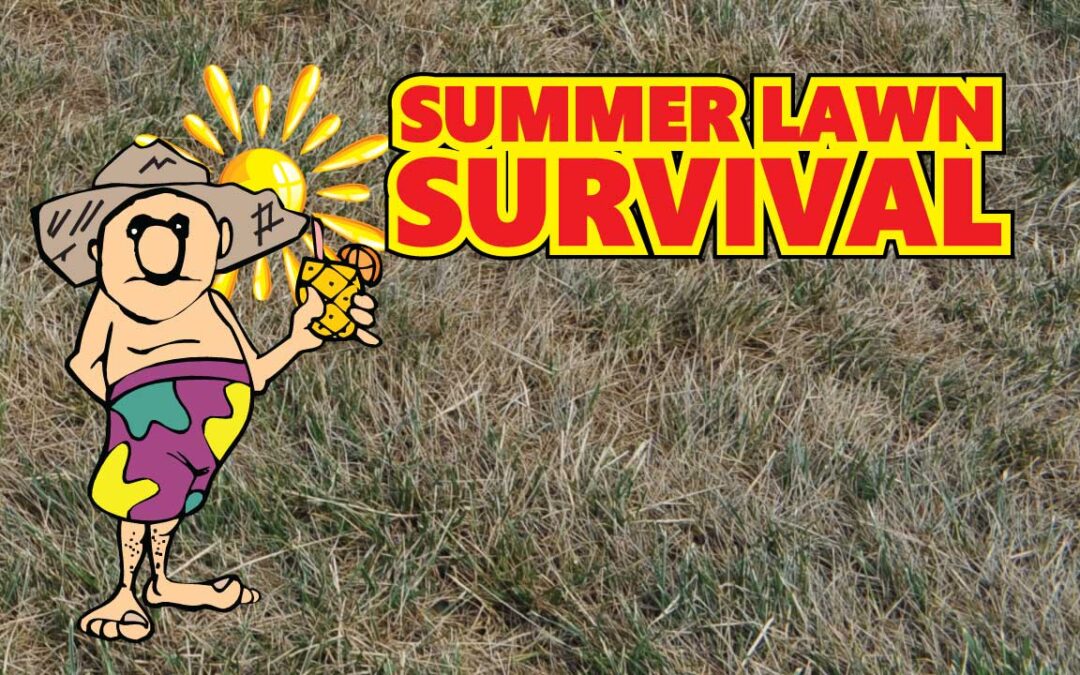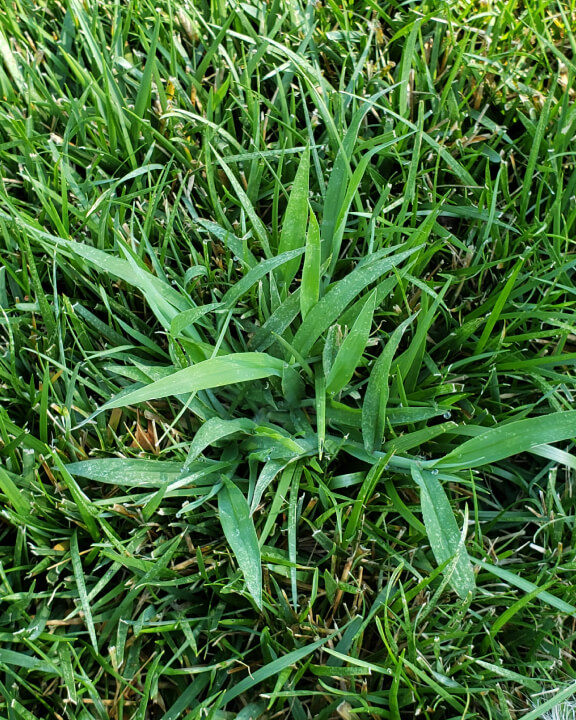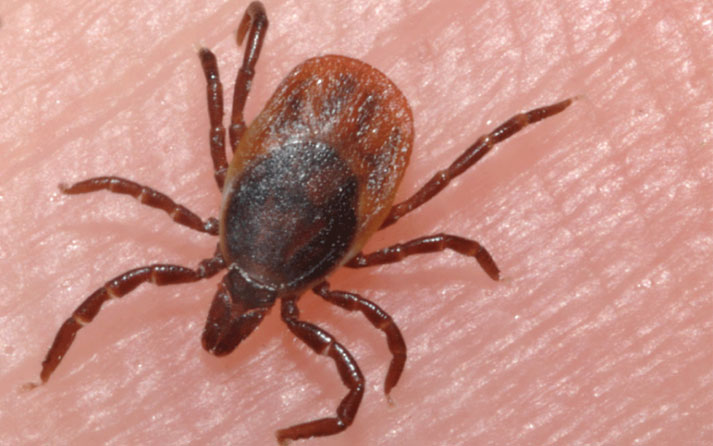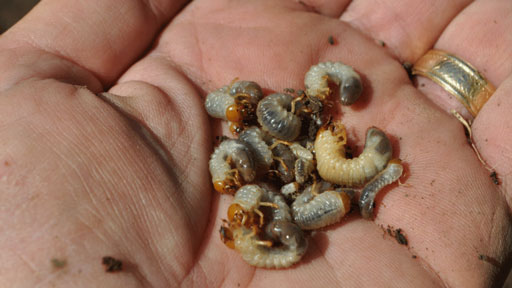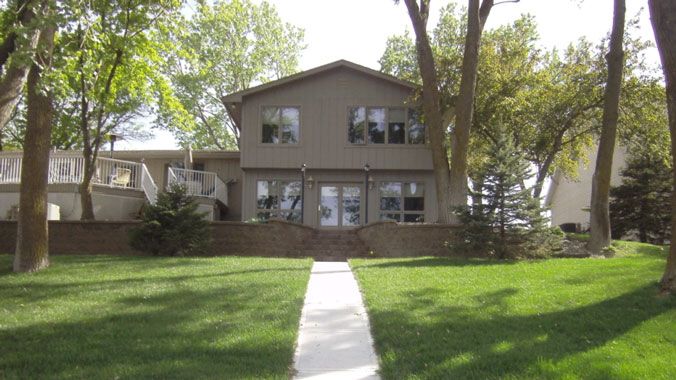Now that the summer vacation season is upon us, we all have a lot of things on our minds. Managing work, summer fun, and family time are all important. However, don’t forget about your lawn during this busy summer season. Here are five reminders to ensure your lawns’ summer survival.
Controlling the Summer Weed Pressure
Now is the time those ugly summer weeds will move into the lawn. Walk around your yard and identify your weeds to determine your mode of control. Dandelions, clover, maple, elm, and oak sprouts along with other broadleaf weeds can be controlled with spot spraying using SpeedZoneEW. If you have a mix of broadleaf weeds and crabgrass, Uncle’s Q-bomb can control both weed types in a straightforward spray solution. Summertime is also the season for nutgrass invasions. Typically showing up in areas with poor drainage, nutgrass, or nutsedge can be a little more challenging to control. Uncle’s Nut Buster will control nutgrass, being absorbed into the nutlets to prevent spreading.
Feeding Your Lawn In Summer
During the summer heat, if you are watering your lawn to keep it green, you may notice the dark green color slowly fading as the summer progresses. If it’s been more than a month since you fed the lawn, it may be time to give it a little summer loving with Uncle’s Green Love. Grass Pad’s bio-solid turf food is an excellent summer fertilizer, containing slow-release nitrogen with high iron content. The higher iron formula will green your lawn fast without making it grow six inches in a week when it’s 95° outside.
Green Love is a nutrient-rich organic turf food derived from bio-solids that eliminates the fear of burning your lawn; it can even lay on the soil and wait for moisture without damaging the existing grass. Green Love is all slow-release, so you will not see that big flush of new growth; the nutrients slowly break down to provide continuous uniform feeding. Feel free to run the broadcast spreader near your landscaped beds to feed your ornamental shrubs, evergreens, and blooming plants. Green Love is outstanding for azaleas, rhododendrons, and iron-loving evergreen trees and shrubs. If your trees are looking pale and need a pick-me-up, Green Love can be applied around the base of young trees or into augured holes around the drip line of more established trees.
Controlling the Summer Ankle Biters
July is usually the time you are spending more family time on the patio. Time to control the chiggers, ticks, and fleas. Using liquid Cyanora around the lawn and spraying up on the house will help to control a broad spectrum of biting insects. If you have butterfly gardens nearby, use granular Critter Gitter in the lawn and water it in. This will help to prevent any overspray into the flower bed because not all bugs are bad.
Now is the Time for Grub Control
July is also the time to apply Long Lasting Grub Controls into the lawn. Absorbed by the roots of the grass plant, Long Lasting Grub Control will protect your yard from damaging white grubs during their hatch. Mama & Papa June bug are making babies now, and soon those eggs will hatch into hungry baby grubs. Baby grubs are voracious and feed on yummy grassroots.
Keep Grass Growing Under Shade Trees
Those lawns with dense shade, hot and dry summer months are the time to water your shade areas more frequently. Big trees will use more water from your soil, leaving less water for your grass. Supplementing those heavily shaded areas with additional watering and turf food will help your lawn and trees. Learn more about growing grass in heavy shade.
Summer Lawn Survival During Drought Conditions
Summer heat and drought conditions can result in cool-season lawns going dormant or semi-dormant. Brown, dead leaves characterize dormancy. Although the turf may appear extremely bad, the “health” is not determined by the blades but by the buds’ condition in the crowns, stolons, and rhizomes. Buds, which give rise to new shoots, are remarkably drought-hardy because they have small vacuoles (cavities in the cell where water, waste, and food are stored).
Minimize wear and traffic to moisture-stressed turf. Mowing drought-stressed grass can injure the turf. Mow when the lawn needs it — not as a scheduled routine practice. Also, mow higher than usual to protect the crown and because taller plants shade the soil surface, reducing moisture loss.
Resist the temptation to spray weeds on the drought-stressed lawn. Wait until the grass begins to green and grow.
When rain and irrigation are limited, water dormant turf lightly every other week to provide moisture to keep the crown hydrated but not break dormancy. As cooler temperatures and seasonal rainfall return in early fall, your grass plants will come out of their energy-saving mode and return to a beautiful green almost overnight. On excessively hot, dry, windy days some turf managers will utilize a technique called ‘syringing’ that may help cool the turf. Keep in mind that excessive moisture on hot days can promote disease in the turf.
More Related Articles to Summer Lawn Survival
Uncle’s Nut Buster Control for Nutgrass
- Control nut sedge in the lawn and not harm the good grass. Learn More at this Link
Controlling Broadleaf Weeds in Summer
- Stop the summer weed invasion. Learn More at this Link
Controlling Grassy Weeds in Summer
- Post-emergent control for ugly summer weeds. Learn More at this Link
Japanese Beetle Summer Invasion
- Japanese beetles are this generation’s destroyer of the landscape. Learn More at this Link
Long Lasting Grub Control
- White grubs can be one of the most damaging insects to your turf. Learn More at this Link

